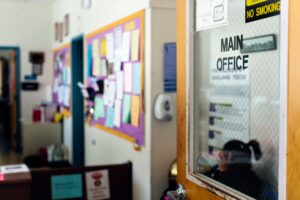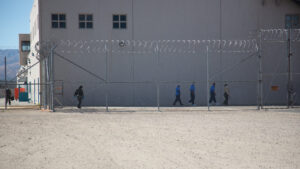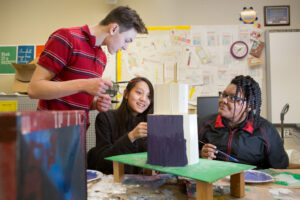May 8, 2022
Twitter sale shows us why education technology companies should be accountable to schools
The growing dependence of education on a constellation of privately controlled technologies cedes power to companies that are unaccountable to the schools and communities they are meant to serve.









